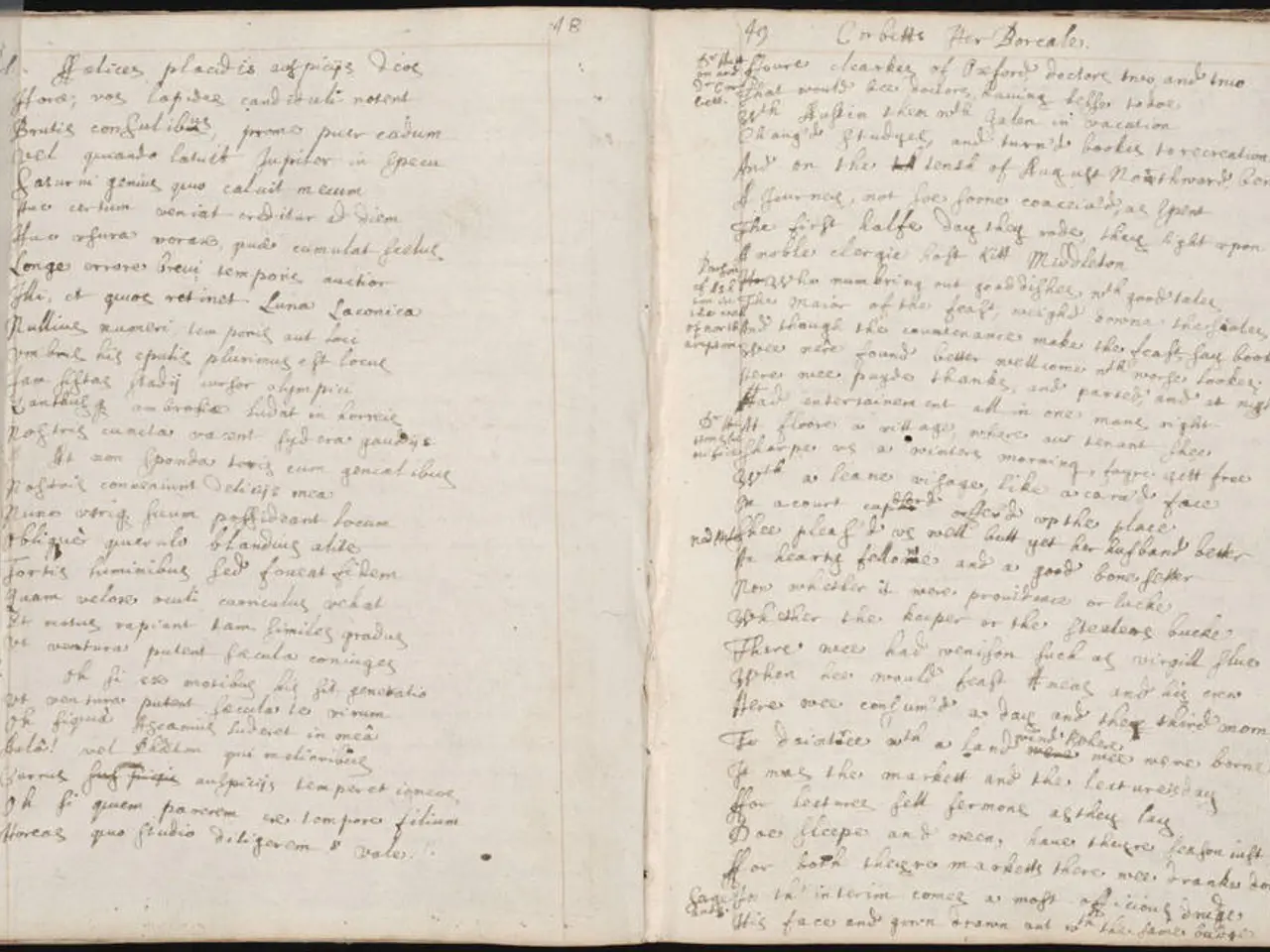Crafting an Appropriate Conclusion for Your Tale
Storytelling is an art that relies heavily on the ending to leave a lasting impact on readers. A fitting ending, whether it's sad or happy, can elevate a narrative to new heights, resonating deeply with the themes and character arcs.
In Charles Dickens' "A Tale of Two Cities," Sydney Carton's self-sacrificing death for Lucie Manette is a poignant example of a fitting, sad ending. The tragic conclusion aligns with the character's circumstances and contributes to the overall emotional weight of the story.
Conversely, a happy or hopeful ending can provide a satisfying resolution, as seen in the classic Cinderella story or Andy Weir's "The Martian." These endings often follow a well-structured narrative arc, offering a sense of fulfillment that feels earned.
Sad but Fitting Endings
Stories with melancholic conclusions, such as Haruki Murakami's "Norwegian Wood" and Kazuo Ishiguro's "The Remains of the Day," achieve emotional realism by reflecting life's complexities. These endings often involve unresolved longing, loss, or bittersweet acceptance, creating a sense of poetic honesty that aligns with the story's mood.
Ian McEwan's "Atonement" and John Green's "The Fault in Our Stars" are other examples of sad but fitting endings. The former delivers a powerful emotional punch with its devastating revelation of guilt and unfulfilled love, while the latter captures the tragic beauty of young love confronted with mortality.
Happy or Hopeful Endings
Happy or hopeful endings, like those found in Disney movies such as "Frozen," "Up," and "Aladdin," follow classical story arcs, where challenges are overcome, leading to a satisfying resolution. These endings align with themes of growth and redemption, offering uplifting conclusions that resonate with audiences.
Upmarket fiction, such as Sue Monk Kidd's "The Secret Life of Bees," blends coming-of-age themes with hopeful resolutions that balance love, loss, and personal growth.
Crafting a Fitting Ending
Fitting endings are achieved by reflecting the core themes of the work, aligning with character arcs, using narrative pacing and plot structure, and providing emotional resonance. They offer a sense of inevitability and meaning, whether through poetic ambiguity in sad endings or satisfying fulfillment in happy ones.
For instance, the ending of "The Lord of the Rings" is moderately happy, as the ring is destroyed, the king returns, and romances have their happily ever after. However, the Shire being unaffected by the events felt false in the movie version, leading some to imagine alternative storylines where the whole fellowship could have died in battle or on Mount Doom.
In some cases, characters might not end up together as expected. For example, in a hypothetical story, Elizabeth Bennett might not have ended up with Darcy due to her sister's indiscretion, or Aragorn could have become king but not gotten Arwen. If Sydney Carton had survived in "A Tale of Two Cities," the ending would have felt contrived.
Ultimately, almost any ending can fit if it is set up before the final chapters. The author's preference often leans towards fitting endings over happy ones, abandoning books with sad endings that don't align with the story. The author prefers endings that authentically complete the story's thematic, emotional, and character journeys—whether that means bittersweet loss or joyful triumph.
Read also:
- Quarterly Review of the Biotechnology and Pharmaceutical Industries: A Look Back at Q2 2025
- Summer Fruit Stars of 2025: Blueberries, Tomatoes, and Cherries Lead the Charge
- A renowned culinary artist opted to dine at this establishment:
- Expanding Plant-Based Protein Market Projected to Reach US$30.8 Billion by 2034, Exhibiting a Compound Annual Growth Rate (CAGR) of 7.1%




